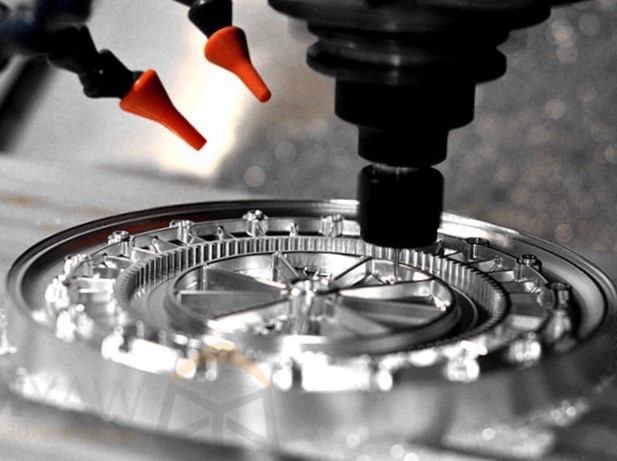You're probably already familiar with stainless steel parts- the material resistant to corrosion doesn't corrode or rust and needs no painting or plating. You may not know that there are two surfaces of stainless steel that can be finished - polished and brushed. This blog post explains what these finishes mean for your project.

What Is Stainless Steel Surface Finishing?
Stainless steel is a durable metal that doesn't rust but can tarnish over time. Polishing stainless steel will restore its luster and protect it from future tarnishing.
Finishing machining is a process of artificially forming a surface layer with different mechanical, physical, and chemical properties of the substrate on the surface of the substrate. The surface treatment aims to meet the product's corrosion resistance, wear resistance, decoration, or other special functional requirements.
The commonly used surface treatment methods for metal castings are mechanical grinding, chemical treatment, surface heat treatment, and spraying the surface.
Benefits Of A Stainless Steel Surface
Stainless steel is a durable and corrosion-resistant metal often used in industrial and commercial settings. It has many benefits you may not be aware of, such as its resistance to rusting and the ability to hold a shine. Here are some of the benefits of using stainless steel surfaces:
-Stainless steel is resistant to rust. It will not rust over time, no matter its environment.
-It is also very easy to clean. All you need is soap and water to make it look new.
-Stainless steel holds a shine well. This makes it perfect for areas where you want something that looks polished but retains its strength.
Conclusion
Stainless steel parts will be your best choice if you're looking for a clear coat option.
Stainless steel is a type of steel that is not only corrosion-resistant, but also has a very high stainless content. This means that the surface of the steel is resistant to staining and other markings. It is also commonly used in applications with high precision, such as in surgical instruments and aerospace components.
